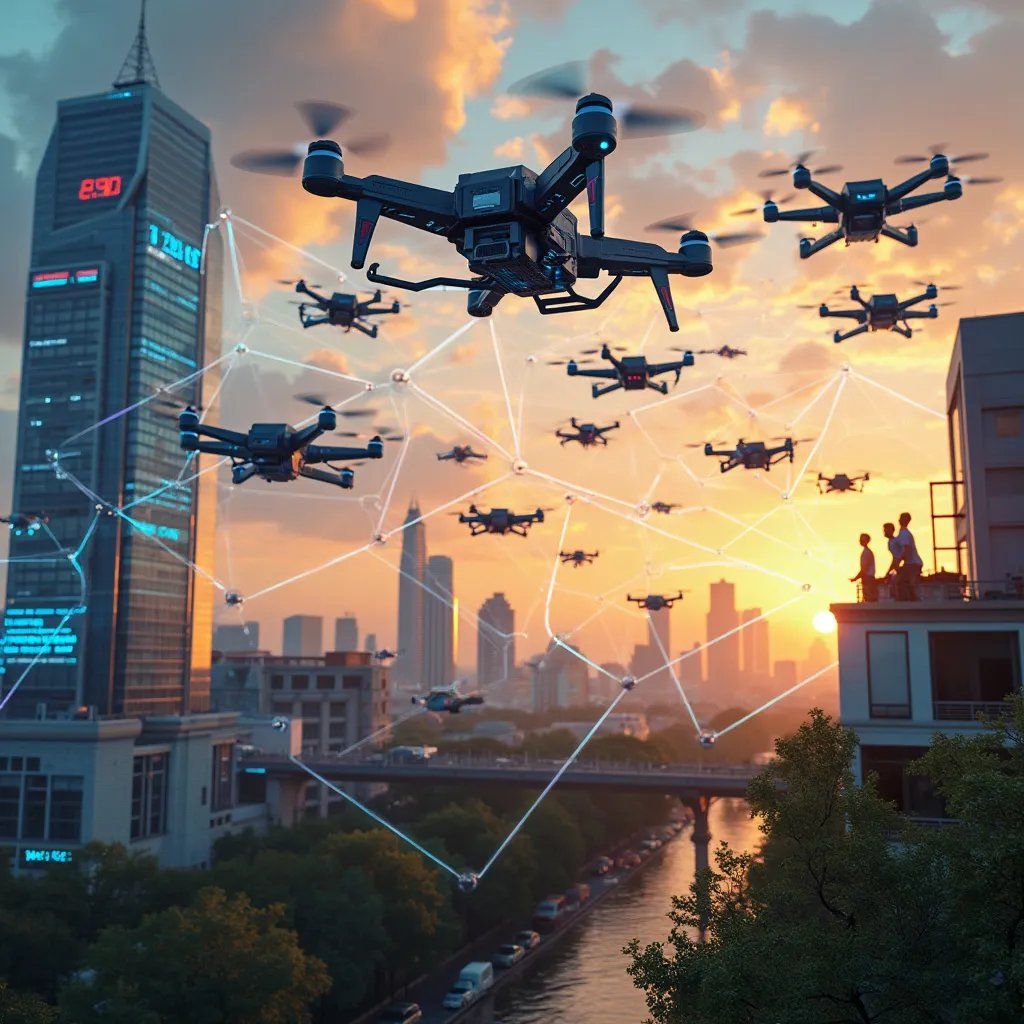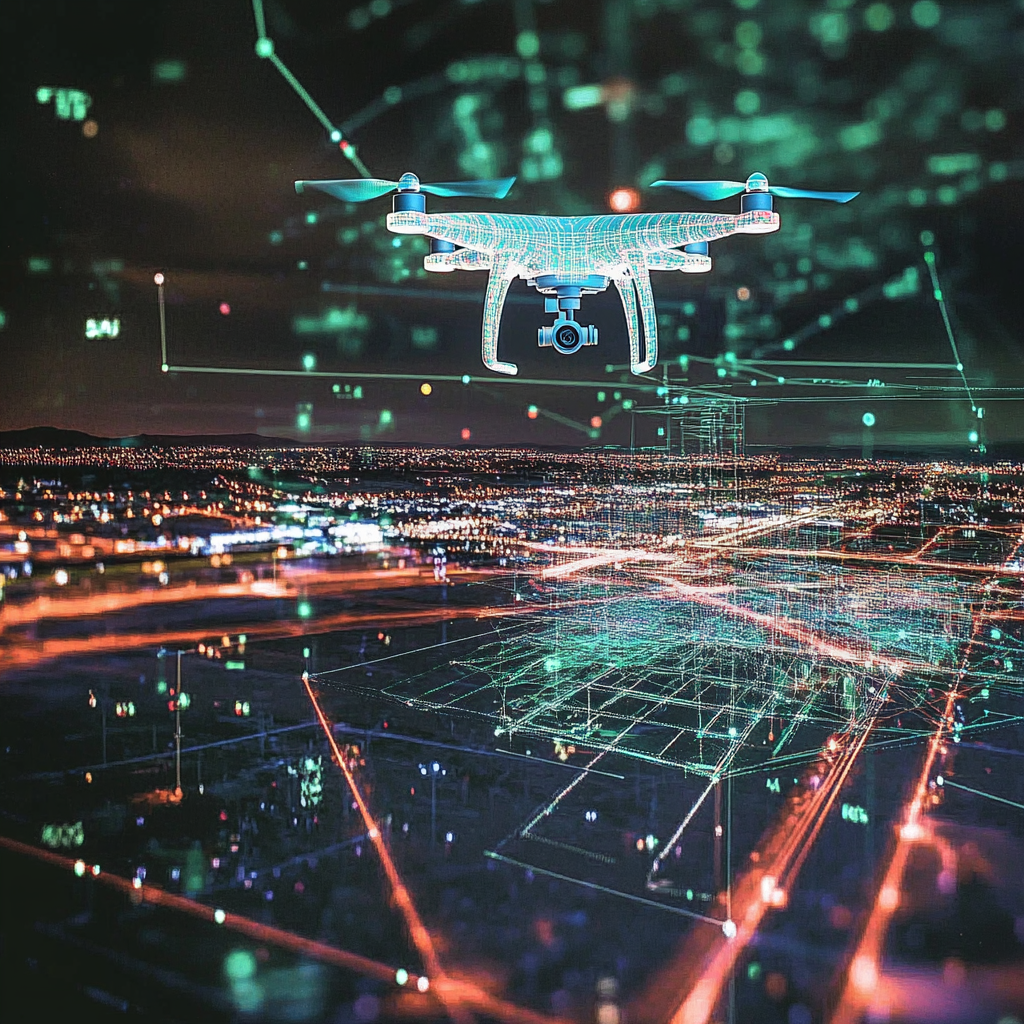In the contemporary landscape of global aviation, the specter of aircraft hijacking remains a formidable threat, compelling the industry to perpetually innovate and fortify its security mechanisms. Amidst this backdrop, blockchain technology emerges as a revolutionary force, offering a robust framework to bolster aviation security protocols and potentially thwart the threat of aircraft hijacking. This article explores the multifaceted role of blockchain in enhancing aviation security, specifically focusing on its capacity to mitigate the risks associated with aircraft hijacking.
Blockchain: A Paradigm Shift in Aviation Security
Blockchain technology, renowned for its immutable ledger, decentralized architecture, and consensus-driven validation process, has the potential to redefine aviation security. By ensuring the integrity, transparency, and traceability of data, blockchain can significantly augment the existing security measures within the aviation sector.
Immutable Aircraft Maintenance Records
Blockchain can safeguard aircraft maintenance records, ensuring their authenticity and integrity. By storing maintenance logs on a blockchain ledger, unauthorized alterations or tampering can be prevented. This ensures that all aircraft maintenance activities are accurately recorded, and any unauthorized interventions that might compromise the aircraft’s security are swiftly detected and addressed.
Secure Passenger Identity Verification
The integration of blockchain in passenger identity verification processes can significantly enhance the reliability of passenger screening. Blockchain can securely manage biometric and personal data, enabling a tamper-proof and efficient identity verification process. This reduces the risk of identity fraud and ensures that only authorized individuals have access to aircraft, thereby mitigating the risk of hijacking.
Decentralized Flight Authorization
Blockchain can facilitate a decentralized flight authorization system, where the consensus of multiple authorized parties is required to validate flight plans and access controls. This system diminishes the likelihood of unauthorized aircraft operations and ensures that all flight activities are closely monitored and approved by multiple stakeholders, thereby reducing the risk of unauthorized access or control over the aircraft.
Real-Time Cargo Tracking
Utilizing blockchain for cargo tracking ensures the provenance and integrity of goods transported by air. This technology can prevent the illicit trafficking of hazardous materials or unauthorized items that might be used to compromise the security of an aircraft.
Smart Contracts for Automated Compliance
Blockchain-enabled smart contracts can automate the enforcement of regulatory compliance, ensuring that all security protocols are rigorously adhered to. Smart contracts can automatically validate security checks and clearances, ensuring that all security measures are in place before an aircraft is authorized for flight.
Overcoming Challenges and Embracing the Future
While the potential of blockchain in preventing aircraft hijacking is significant, the successful implementation of this technology in the aviation sector requires overcoming certain challenges:
Interoperability
Ensuring interoperability between different blockchain systems and existing aviation databases is crucial. Seamless integration and data exchange across various platforms are essential for the holistic implementation of blockchain in aviation security.
Scalability
The blockchain infrastructure must be scalable to accommodate the vast amount of data generated in aviation operations, including passenger information, flight data, and maintenance logs.
Regulatory Compliance
Navigating the complex landscape of aviation regulations and ensuring that blockchain implementations comply with international aviation standards is imperative.
Stakeholder Collaboration
Effective collaboration among airlines, airports, regulatory bodies, and technology providers is essential for the successful adoption of blockchain in enhancing aviation security.
Conclusion
The integration of blockchain technology in aviation security holds the promise of a paradigm shift in mitigating the risks associated with aircraft hijacking. By ensuring the integrity and transparency of critical data and processes, blockchain stands as a beacon of innovation, poised to redefine the security protocols within the aviation sector. As we navigate the complexities of implementing this transformative technology, the potential to enhance the safety and security of air travel is immense. The journey towards a blockchain-empowered future in aviation security is not without its challenges, but the promise it holds in preventing aircraft hijacking and safeguarding the lives of passengers is a pursuit of unparalleled importance.







